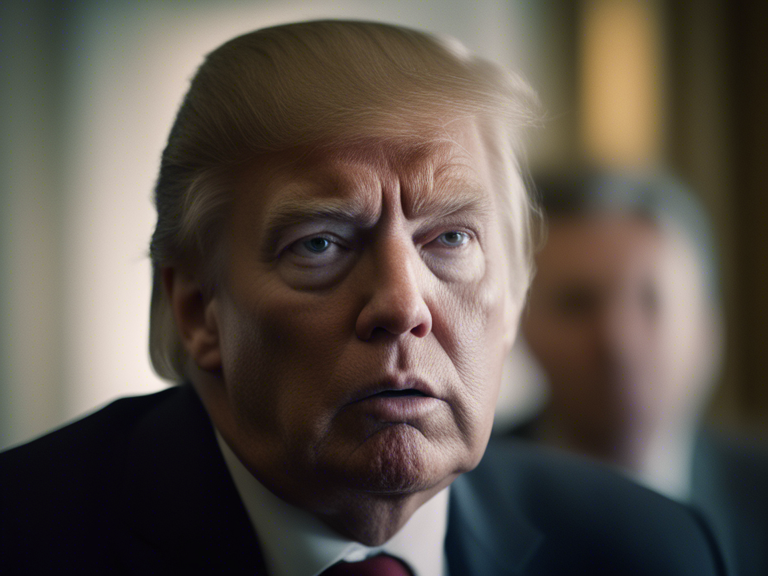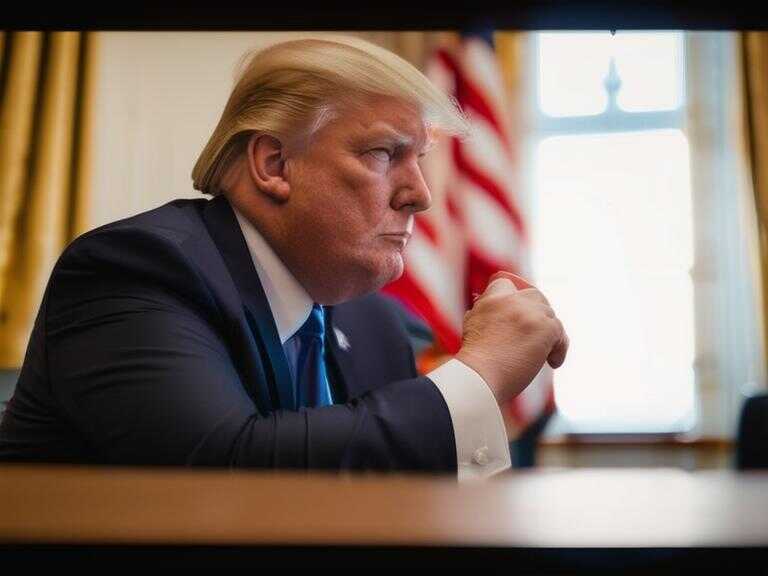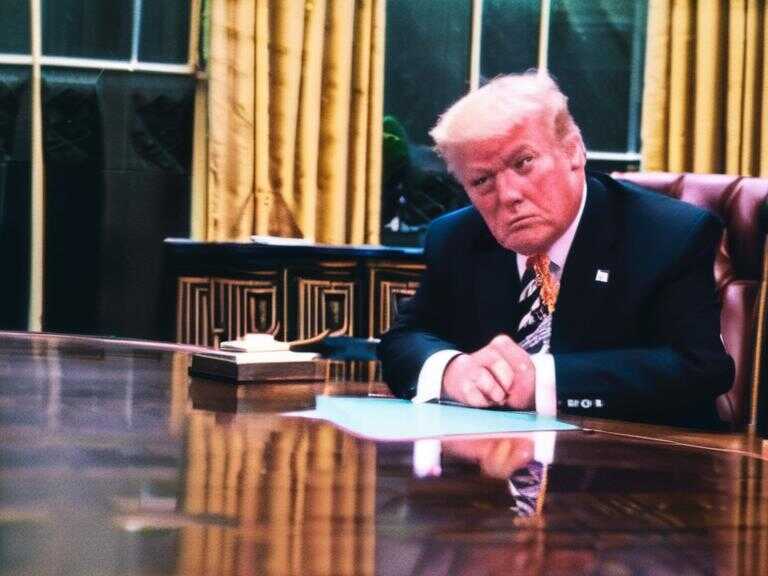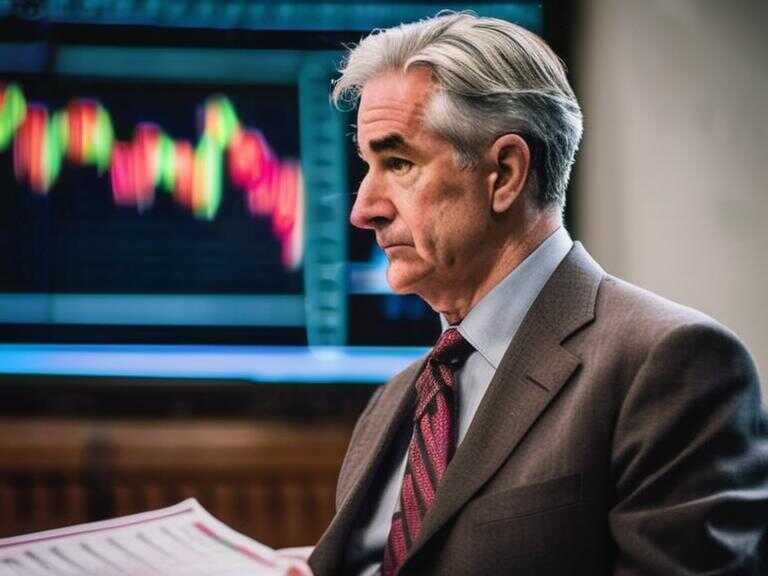
The Rising Barriers to Joining the 1% Wealthiest People Club Across Countries

The Rising Barriers to the 1% Wealth Club
As global wealth continues to rise, the entry barriers to the "1% rich club" have become increasingly stringent. According to Knight Frank's wealth report, the minimum requirements for individuals to qualify as the richest in their respective countries have escalated due to wealth creation fueled by a "robust performance" of the U.S. economy and a rebound in the equity markets.
Stricter Entry Requirements
The report highlights that Monaco maintains its position as the top entry point into the 1% rich club, with a staggering requirement of $12.9 million, marking a 4% increase from the previous year. Following closely is Luxembourg, with an entry requirement of $10.8 million, and Switzerland at $8.5 million. The United States comes in fourth, with a notable $5.8 million, reflecting a significant 15% increase from the previous year.
Regional Trends and Influence
Singapore emerges as the leader in the Asia-Pacific region, with an entry threshold of $5.2 million, indicating the region's growing prominence in global wealth dynamics. Moreover, both Singapore and Hong Kong are actively attracting an increasing number of wealthy individuals and family offices, collectively managing over $4 trillion in assets, by offering tax incentives and business-friendly regulations.
Comparative Analysis: 1% Club vs. UHNWIs
While the 1% club presents a formidable barrier to entry, it still remains "easier" compared to the Ultra High Networth Individuals (UHNWIs), who face a global average entry point of $30 million, as reported by Knight Frank. This disparity underscores significant differences in wealth distribution between countries, signaling potential implications for government policies and taxation.
Implications for Government Policy
Knight Frank's Global Head of Research, Liam Bailey, suggests that Western countries, grappling with government deficits and the need to raise tax revenue, may increasingly focus on the geographical distribution of wealth. Governments are likely to navigate a fine line between taxing wealth and fostering its growth as they endeavor to stimulate economic development.
Projections and Wealth Disparities
Looking ahead, Knight Frank anticipates a 28.1% increase in the number of wealthy individuals over the five years leading up to 2028, significantly lower than the 44% surge observed in the preceding five-year period to 2023. This projection underscores the widening gap between the world's rich and poor, a trend further accentuated by a report from global organization Oxfam America. Since 2020, the fortunes of the world's five wealthiest individuals have more than doubled, while five billion people have experienced a decline in their wealth, highlighting the growing inequality.
Contributing Factors to Inequality
The exacerbation of wealth inequality is attributed to corporate resistance to minimum wage hikes and unionization, as identified by Oxfam. These factors contribute to the widening gap between the affluent and the economically disadvantaged, underscoring the profound implications of global wealth disparities.
Share news















